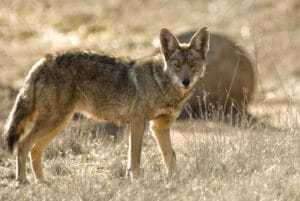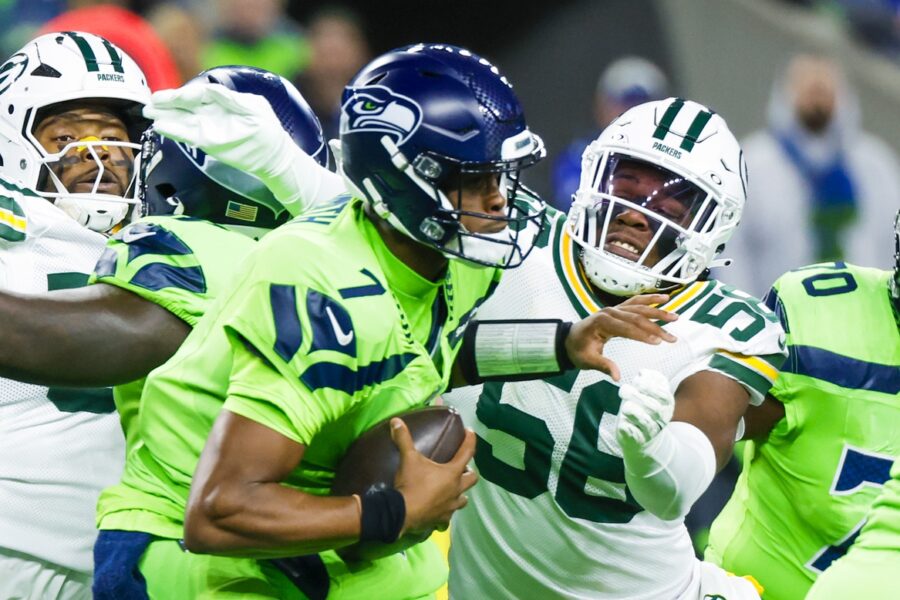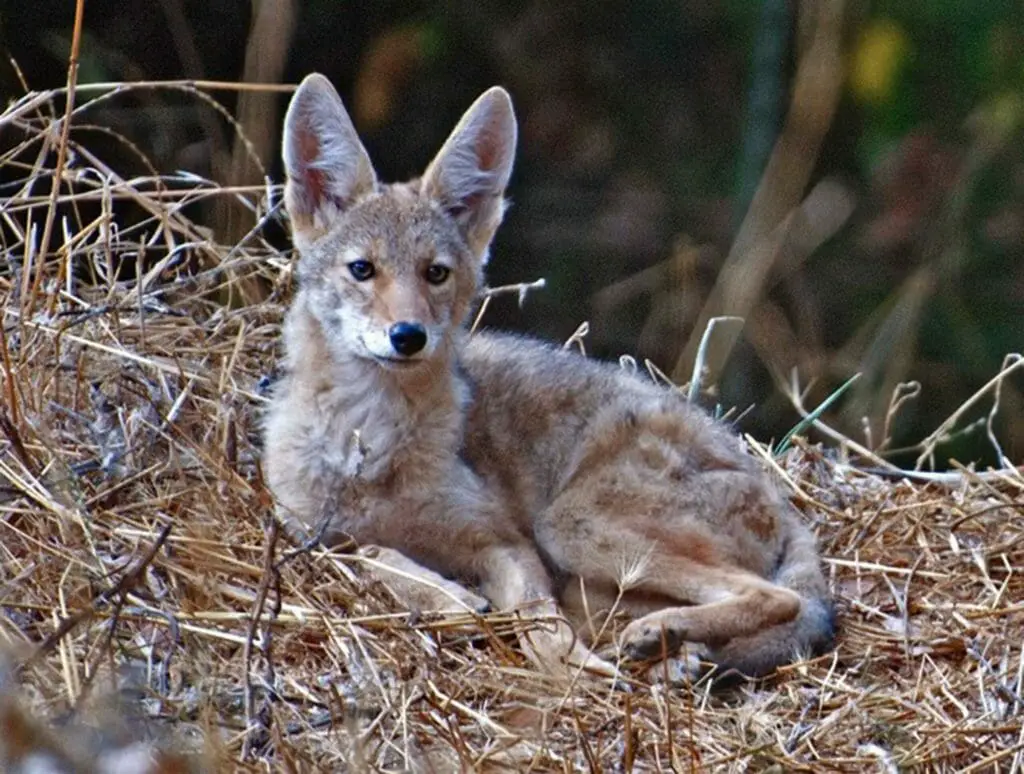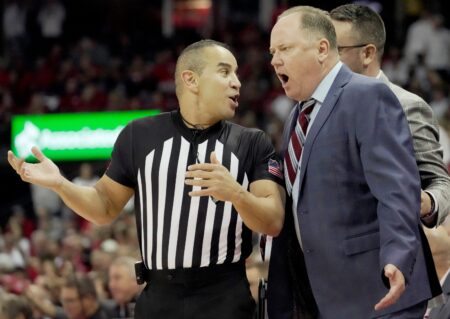The annual outdoor schedule for many Wisconsin outdoors enthusiasts breaks down like this:
- January through March- ice fishing season
- April- turkey season
- May through August- fishing season
- September through December- bow, gun, and muzzleloader seasons
Mix in a dash of yard work plus a pinch of projects on the ‘honey-do’ list and you’ve got a recipe for a very busy year. Yet if you are looking to add a pastime to your already-loaded calendar, why not consider coyote hunting? And here’s the catch. Coyote hunting remains open year-round, it’s permitted at night, and has no bag limit. This provides for great flexibility and can be fit into just about anyone’s busy life. All you need is a small game license and a limited amount of gear.
If you’ve never tried your hand at predator hunting, the following paragraphs will give you the information you need to get started. Here we will address tactics, techniques, and equipment- all the basics you need to get started. So why not try coyote hunting?
UNDERSTANDING THE COYOTE

The coyote population in Wisconsin remains strong. With numbers estimated in the millions, this canine predator is present in nearly every part of the state. Hearing the haunting call of a coyote pack late at night is something most people have experienced. Even urban and suburban areas are subject to coyote predation, as they look for easy meals and safe habitat.
The cause for this thriving population is the coyote’s ability to adapt to nearly any environment for survival. Whether solitary or in packs, feasting on anything edible, and extremely fleet of foot, this animal is perfectly suited to Wisconsin’s woods or suburbia. Thus the year-round season and no bag limit.
Being a very wary animal, coyotes prefer to range in open fields or wooded areas. They possess a keen sense of both smell and hearing, which serves them well when hunting their preferred meals of deer (especially fawns and roadkill), rabbits, and small mammals.
Coyotes can weigh up to 50 pounds and more than 18 inches tall. They display a wide range of coat colors from brown, to grey, to black. Significantly smaller than their cousin the wolf, coyotes possess pointed ears as opposed to the rounded ears of a wolf. Be sure to distinguish coyotes from other canines when hunting.
WHERE TO START COYOTE HUNTING

The state of Wisconsin provides hundreds of thousands of acres of public hunting land. The flexibility of a year-round open coyote season means you will not be crowded for space (unlike that of the gun deer season). Also, the option of night hunting makes for a unique experience. One which is rare with many other hunting ventures.
Perhaps for better success, speak with local farmers in your region. Rare is the farmer who will deny permission when asked about coyote hunting as they are infamous for targeting chickens, rabbits, and other farm animals. Many farmers welcome the opportunity to reduce the coyote numbers on their land and can even point you to a specific location to begin your hunt. Always be sure to respect the landowner’s wishes and practice safe hunting techniques.
You should begin your hunt in an open field, if possible. Wooded areas do hold coyotes, but the trees provide cover for the long-range shot you will inevitably have to take. Use the wind to your advantage, staying upwind of your target zone. Coyotes have a superior sense of smell and will often attempt to circle around its prey, coming from the down-wind side.
An elevated position, such as a hilltop, or berm is ideal. Be sure not to silhouette against the horizon and to have accurately assessed the distances to your target field. Locations near a water source may be beneficial as well. Focus on areas where small mammals typically call home, as this is where the coyote will hunt. Because coyote hunting often requires a long-distance shot, be certain to know your target and what is beyond.
WHAT TO USE TO COYOTE HUNT

As noted, coyote hunting requires longer-than-average shots. This can often be upwards of 200 or 300 yards, or more, depending on your set-up. Compound this with the coyote’s wary nature and tendency to always be on the move, and you’ve got your work cut out for you. Rifles with a caliber of .223, .22-250, or .243 are ideal. Large caliber rounds are just too powerful for predator hunting. And the smaller .22 caliber does not carry well out to this range.
Couple your rifle with quality optics and practice, practice, practice. Coyotes can reach speeds up to 40 miles-per-hour when on the run, which makes for an incredibly difficult shot.
A remotely-operated electronic game call will certainly increase your odds of success. Mimicking an injured animal or a lost pup, coyotes will instinctively come looking for an easy meal or let their curiosity get the better of them. Perhaps more challenging is the mouth call, which comes in a variety of forms. Again, practice with these, in terms of volume and sequence. A mouth can be just as effective as an electronic call, if not more.
Stealth and camouflage are critical to coyote hunting. To remain undetected, choose a camo pattern that best mimics your hunting area and season- green tones in spring and summer, browns in fall, and even white in winter. Look to move frequently. Coyotes are continually on the prowl and will become wary of a call from the same location after an extended period of time. When moving, do so quickly but quietly, always keeping the wind direction in mind.
GIVE IT A SHOT
It is the flexibility of the coyote hunting season which makes it a must-try for the Wisconsin outdoors enthusiast. With a few items of specialized equipment and practice, anyone can find success. If you are stuck in the hum-drum annual routine of hunting and fishing, break the trend and try your hand at coyote hunting. It offers a challenge to even the most experienced of hunters and unique opportunities unavailable with other types of hunting. Who knows? You may have to find even more time in your already-busy schedule.
Make sure you follow me on Twitter at @I_was_Rob and follow @WiscoHeroics1 on Twitter for more Wisconsin sports content! Check out the latest Wisconsin sports news and stories, here!







